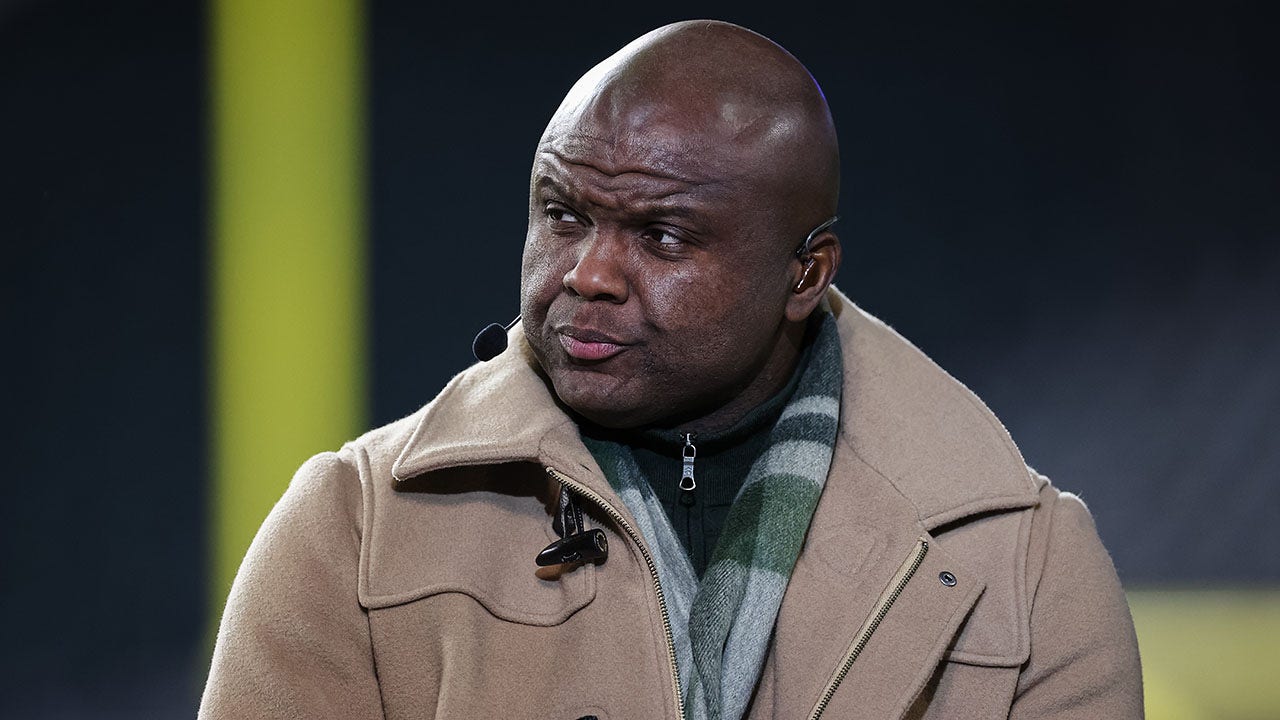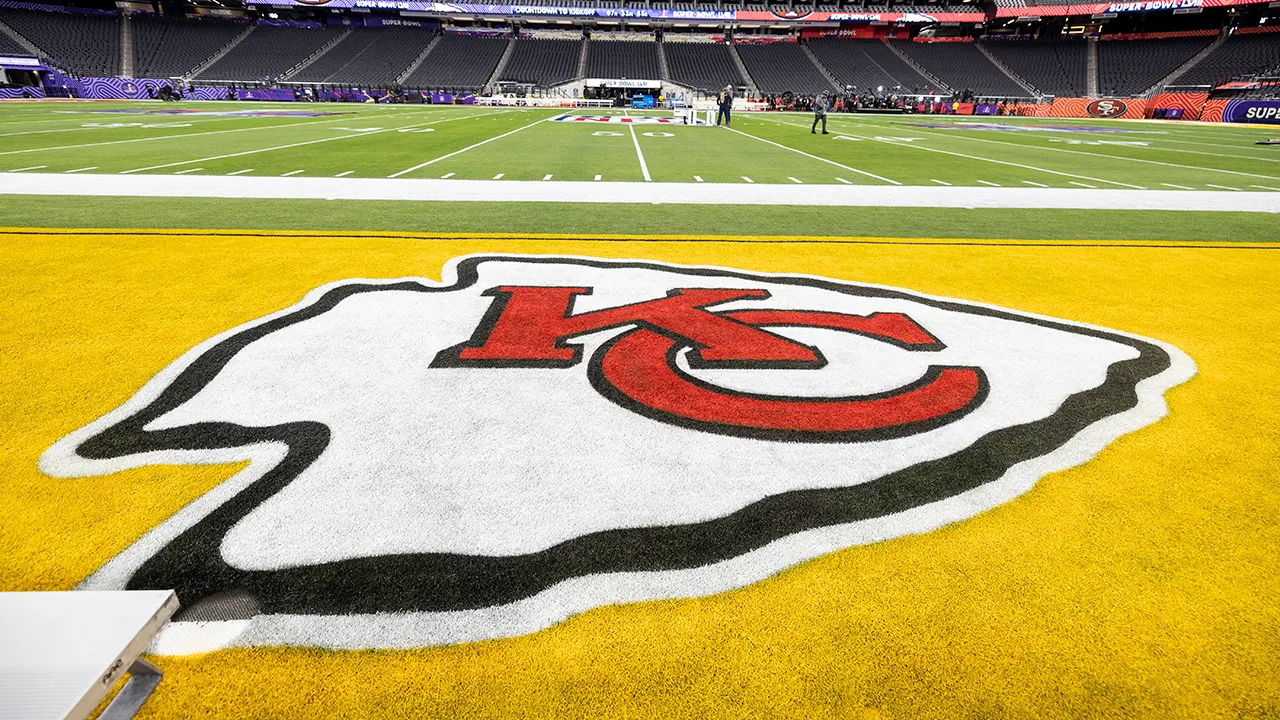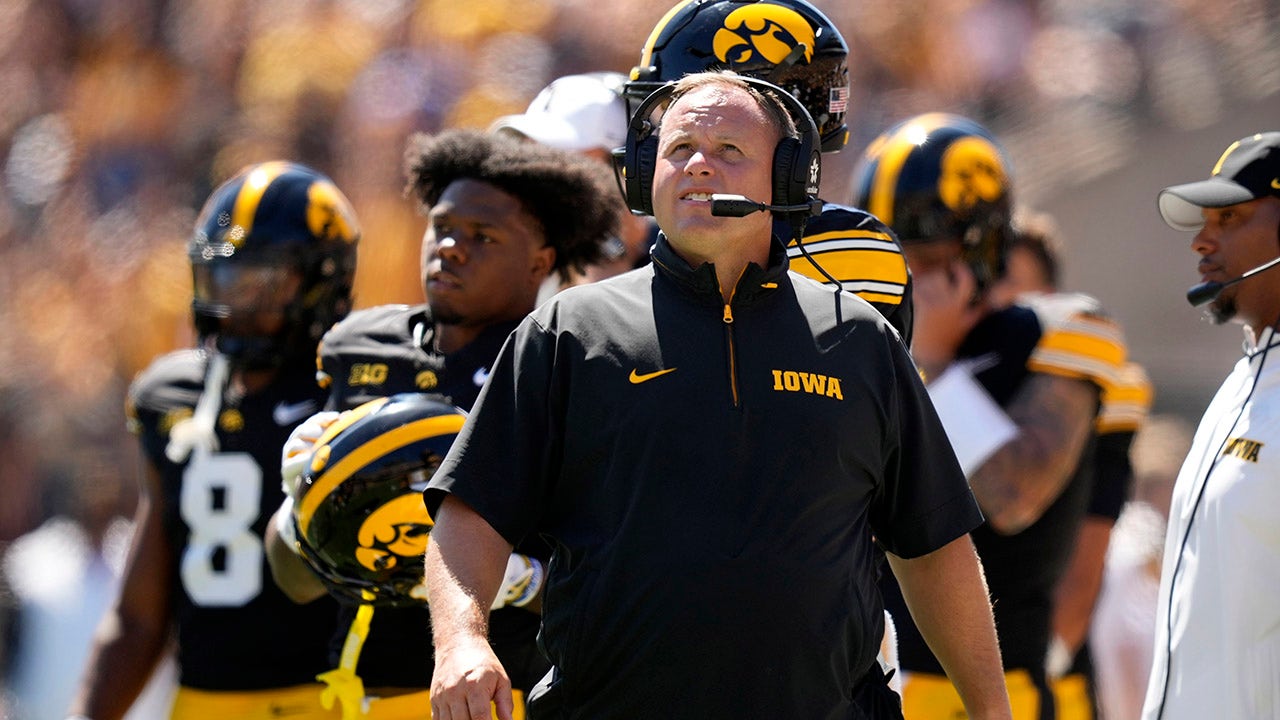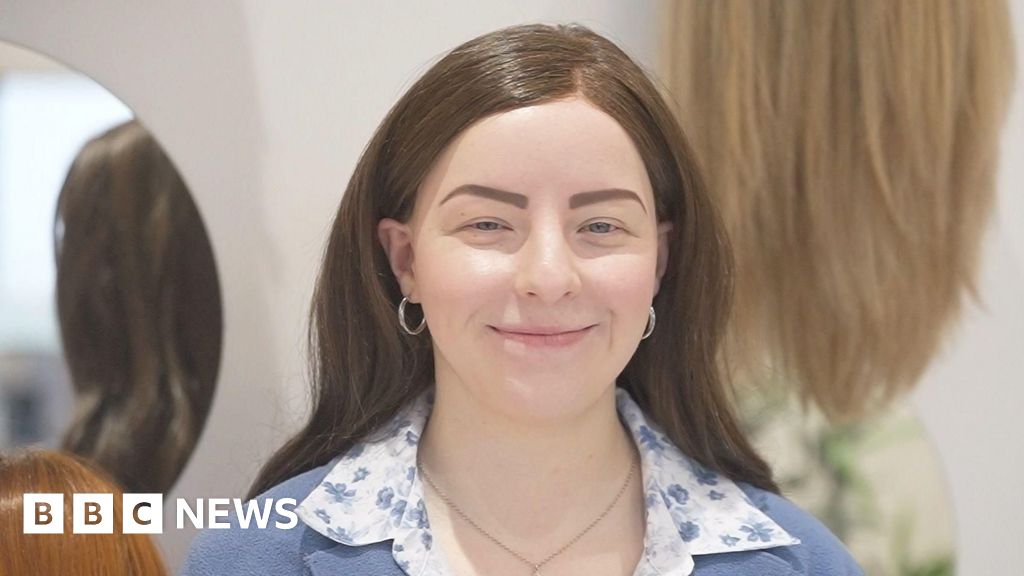Klausner is a skilled fabricator of model animals who makes every element of her 3D vignettes from scratch. Her appreciation of disdained critters isn’t limited to mammals, insects and the trio of pigeons that deconstruct a sandwich in one corner of the gallery. She also depicts mold, fungus and sprouts budding from a withering potato. All are worthy subjects to Klausner, who highlights not just the cycle of regeneration, but also what her statement calls “small and often overlooked beauty.”
The implications of the artist’s work are ecological, but also autobiographical. “As a disabled queer woman, I am drawn to things that are cast off or othered,” she writes. “(De) Composed/Nocturne” is a miniature natural history museum for animals and processes that, however essential to life, are unthinkingly or intentionally ignored.
Another saga of othering is recounted in Deborah Grayson’s elegant woodcuts of Black women, including one that gives its title, “They Think of Love as a Reddening of the Earth Under the Sun,” to her IA&A show. Rendered in strong lines, the D.C. artist’s portraits are enhanced by evocative details and bold decorative patterns. Several pictures feature buds of cotton, and one woman holds a human heart. The prints are based on photos from the early 20th century, but rendered mythic by historical and geometric symbols.
Judith Klausner: (De) Composed/Nocturne and Deborah Grayson: They Think of Love as a Reddening of the Earth Under the Sun Through April 28 at IA&A at Hillyer, 9 Hillyer Court NW. athillyer.org. 202- 338-0680.
The natural world is scrutinized and reimagined in the work of local artists Eric Celarier and Stuart Diekmeyer, who are exhibiting together at Portico Gallery. “Super Natural” consists mostly of photographs and prints, but also features a few striking sculptures.
Insects, seed pods and cactus spikes are among the subjects of Diekmeyer’s tightly focused close-ups, whose shallow depth of field accentuates jagged-looking details. These duotones convey all their information in black and white, but are enhanced by a yellow glow. While Diekmeyer trains his camera on things that are clearly organic, the precise framing and golden accents give them a jewellike quality.
Adapting the Japanese practice of gyotaku, in which fish are inked and printed, Celarier piles discarded objects under silk and taps the surface with ink to yield images. The heaped items are evidently man-made and often electronic, but the resulting pictures suggest arrays of teeming microorganisms. The artist’s title for this series, “Biosphere,” is both ironic and visually apt.
Celarier has another use for industrial junk. He welds bits of it together to make metal sculptures of imaginary crustaceans such as the “Sawback,” topped by half of a rusted, serrated blade. If the artist can’t reverse-engineer obsolete tools into living entities, he can challenge viewers to think about a world increasingly burdened by stuff humans made, used and abandoned.
Eric Celarier and Stuart Diekmeyer: Super Natural Through April 28 at Portico Gallery, 3807 Rhode Island Ave., Brentwood. Portico3807.com. 202-487-8458.
In exquisitely detailed pencil drawings, Ellen Cornett illustrates existing texts. But her Artists & Makers show, “Once Upon a Time, Words and Pictures,” doesn’t always follow the script. The suburban Maryland native often recasts the lullabies and fairy tales she retells. Her version of “The Fisherman and His Wife,” for example, excises the avaricious spouse of the man who encounters a flounder that can grant wishes, leaving just two characters from the Brothers Grimm folk tale.
One playful touch is that Cornett uses a single model, Harry Edgel, to pose for all the human roles, whether male or female. His participation grounds the drawings in reality, but also gives them a theatrical quality. Cornett may not bring goats, yaks and other animals into her studio, but she renders them with no less precision in scenarios that gradually fill with creatures. In a comically chaotic sequence, a man and a mouse — the former reading a section of this newspaper — are overwhelmed by animal and human visitors.
That’s one of two stories delineated all in lush grays. The other pair are vividly drawn with Prismacolor pencils, supplemented by steel-gray paint for the oceanic backdrops in the fish story. The goal is to “create layered, ambiguous narratives of transformation, artifice and disguise,” according to the artist’s statement. Artifice and transformation aren’t just Cornett’s themes; they’re also her means of expression. With intricate arrays of pencil strokes, she conjures light, volume and shape, and thus character.
Ellen Cornett: Once Upon a Time, Words and Pictures Through April 24 at Artists & Makers Studios, 11810 Parklawn Dr., Rockville. artistsandmakersstudios.com. 240-437-9573.
The prints in the American Poetry Museum’s “Transmutación” are divided between two walls and two styles, yet linked by common concerns. Nando Álvarez’s large silk-screens are defined by hard-edge black lines, complemented by Day-Glo colors, while his smaller monoprints are soft and loose, with more muted hues. Both sets portray the faces of usually solitary persons who appear to be working-class, as signified by such details as hard hats and heavy loads. The portraits evoke Ecuador, the artist’s birthplace, and struggle.
Monoprints are made by painting with liquid pigments on a master that’s then pressed against paper a single time. Álvarez uses the technique to produce a blurry mysteriousness that suggests his subjects can’t be fully comprehended. This effect is heightened because about half the people he portrays are wearing masks, presumably as safeguards against covid.
The hot pink and greens that set off the black forms in Álvarez’s screen prints are meant to evoke the posters that promote concerts in South America. Sami Miranda, the venue’s curator, plays on this reference with poems inspired by the prints; the text is printed in multiple colors and typefaces so each poem resembles a commercial sign. “What does it mean to be alone?” asks one of Miranda’s verses. The eyes of the people in Álvarez’s pictures offer an answer.
Transmutación: Prints by Nando Álvarez in conversation with poems by Sami Miranda Through May 1 at the American Poetry Museum, 716 Monroe St. NE, Studio 25. apoetmuseum.org. 202-670-6252.















































